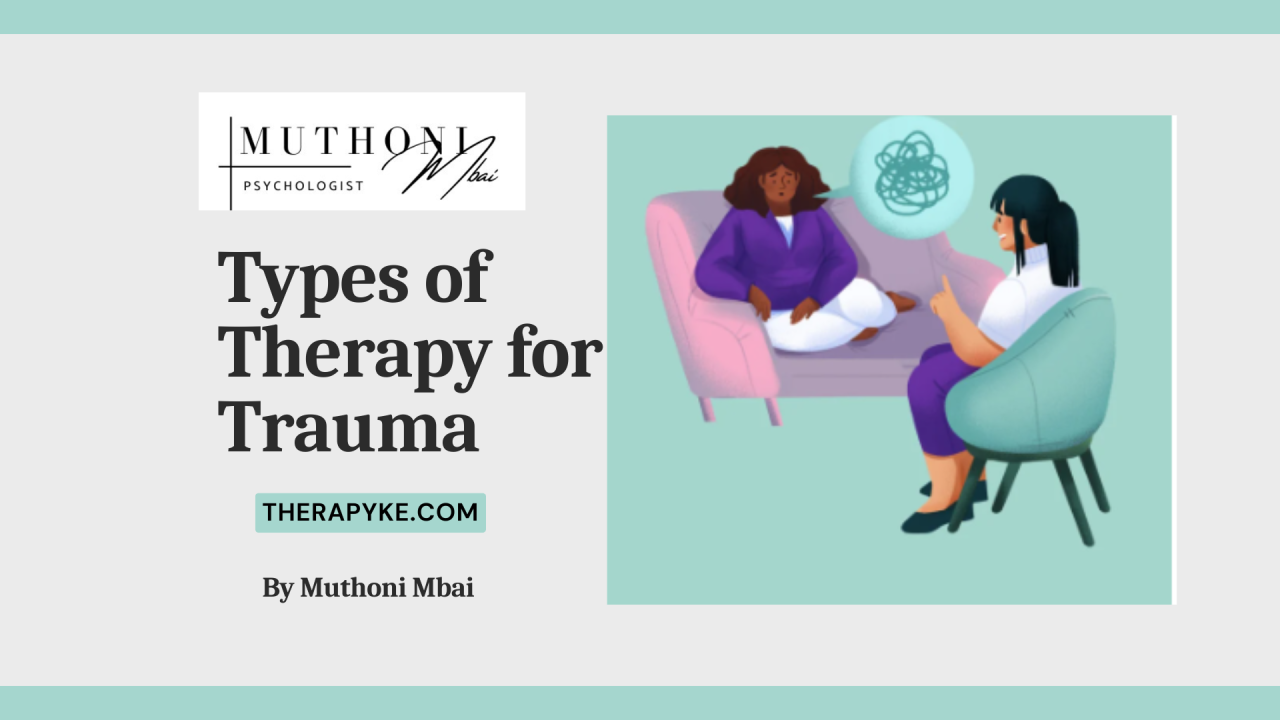
Types of Therapy for Trauma

Trauma can leave deep scars on the mind and body, affecting every aspect of life. Whether caused by a single event or ongoing adversity, trauma often feels overwhelming. The good news is that help is available. Various therapies are designed to help individuals process their experiences, regain control, and build resilience.
In this article, we’ll explore the types of therapy for trauma, highlighting effective approaches that offer hope and healing. Whether you’re seeking treatment for yourself or supporting a loved one, understanding these options can empower you to take the next step toward recovery.
What Type of Therapy Is Best for Trauma?
The best therapy for trauma depends on individual needs, the nature of the trauma, and personal preferences. Some therapies focus on cognitive restructuring, while others prioritize emotional expression or physical sensations. Here are the most effective therapies:
1. Trauma-Focused Cognitive Behavioral Therapy (TF-CBT)
As a professional specializing in TF-CBT, I can attest to its effectiveness in addressing trauma. This evidence-based approach combines cognitive and behavioral techniques to help individuals process traumatic memories and reframe negative thoughts. Key elements include:
- Psychoeducation: Learning about trauma and its effects.
- Cognitive restructuring: Challenging and changing harmful beliefs about oneself and the world.
- Gradual exposure: Safely confronting distressing memories to reduce their emotional impact.
TF-CBT is particularly effective for children and adolescents but can also be adapted for adults.
2. Eye Movement Desensitization and Reprocessing (EMDR)
EMDR uses guided eye movements to help individuals process and integrate traumatic memories. This therapy is based on the idea that trauma disrupts the brain’s natural processing mechanisms.
By focusing on traumatic memories while following a therapist’s guidance, individuals can reduce the intensity of their emotional reactions.
3. Somatic Experiencing (SE)
SE focuses on the body’s physical responses to trauma. It helps individuals release stored tension and regain a sense of safety. Techniques include gentle body awareness and grounding exercises to process trauma without reactivating distressing emotions.
4. Dialectical Behavior Therapy (DBT)
DBT, originally developed for individuals with emotional dysregulation, is effective for trauma survivors struggling with intense emotions or self-destructive behaviors. It combines mindfulness, emotion regulation, and interpersonal skills to promote stability and resilience.
5. Narrative Therapy
This approach encourages individuals to reframe their trauma by “rewriting” their personal stories. It helps clients separate their identity from their experiences, fostering empowerment and self-compassion.
What Are the Three Types of Therapy?
Therapy for trauma can generally be categorized into three types based on focus and methodology:
- Cognitive Therapies: These focus on changing thought patterns that contribute to distress. TF-CBT and EMDR fall under this category, helping individuals process memories and develop healthier perspectives.
- Body-Based Therapies: Trauma often resides in the body as much as in the mind. Approaches like Somatic Experiencing and yoga therapy aim to release physical tension and reconnect individuals with their bodies.
- Experiential Therapies: These involve creative and expressive techniques, such as art therapy or narrative therapy, to help individuals process trauma in non-verbal or symbolic ways.
Each type of therapy addresses different aspects of trauma, and often, a combination of approaches is the most effective.
What Is the Most Common Treatment for Trauma?
The most common treatment for trauma is Cognitive Behavioral Therapy (CBT), particularly its trauma-focused variant, TF-CBT. CBT is widely used because it is adaptable, evidence-based, and effective for a broad range of trauma-related conditions, including Post-Traumatic Stress Disorder (PTSD), anxiety, and depression.
TF-CBT stands out because it integrates:
- Emotional regulation skills: Teaching clients to manage distressing feelings.
- Parent involvement: Engaging caregivers in the healing process for younger clients.
- Gradual exposure: Allowing individuals to confront memories at their own pace.
Another common approach is EMDR, which has gained popularity for its ability to rapidly reduce trauma symptoms without extensive verbal processing.
What Therapy Is Used to Let Go of Trauma?
Letting go of trauma often requires therapies that target deep emotional processing and physical release. Here are the most effective options:
1. EMDR
EMDR is particularly effective for individuals who feel “stuck” in their trauma. By reprocessing memories in a structured way, clients often find relief from intrusive thoughts and flashbacks.
2. Somatic Experiencing
Trauma can leave an imprint on the nervous system, causing hypervigilance or shutdown. SE helps release this tension by gently guiding clients to reconnect with their physical sensations and regain a sense of control.
A rape survivor may become hyper-aware of their surroundings, constantly scanning for potential threats even in safe environments. For instance: They might avoid walking alone or feel extremely uneasy in crowded spaces, fearing that someone could harm them. Even small, benign cues, like a certain cologne or the sound of footsteps, may trigger anxiety or panic attacks because they remind the survivor of the assault.
This state of hypervigilance can be exhausting, keeping the survivor in a constant state of alertness, unable to fully relax or trust others.
Conversely, some survivors experience shutdown, where their nervous system reacts by “numbing” emotions or detaching from the world. For example: A survivor might feel emotionally disconnected from loved ones, unable to express joy or sadness.
They may struggle with dissociation, feeling as though they are observing themselves from outside their body or that the world around them isn’t real. This shutdown response is the nervous system’s way of protecting the survivor from overwhelming emotional pain, but it can leave them feeling isolated and stuck in their recovery journey.
3. Mindfulness-Based Therapies
Mindfulness techniques, such as meditation or yoga, encourage individuals to focus on the present moment rather than dwelling on past trauma. These practices are often integrated into therapies like DBT or acceptance and commitment therapy (ACT).
4. Expressive Therapies
Creative outlets such as art, music, or writing provide a safe space to process emotions. Expressive therapies are particularly beneficial for those who find it difficult to verbalize their experiences.
Letting go of trauma is not about forgetting—it’s about processing the pain and learning to move forward with renewed strength.
Hope for Healing
Trauma can feel isolating, but it’s important to remember that recovery is possible. Seeking therapy is a courageous step toward reclaiming your life and rediscovering your resilience.
In addition to professional help, tools like the PTSD Coach app can provide additional support. This free app, developed by the U.S. Department of Veterans Affairs, offers self-assessment tools, relaxation exercises, and resources for finding care.
Remember, healing is a journey, not a race. With the right support and resources, you can navigate the path to recovery at your own pace.
Final Thoughts on Types of Therapy for Trauma
The journey through trauma is deeply personal, but it doesn’t have to be walked alone. Understanding the various types of therapy for trauma equips you with the knowledge to make informed decisions about your healing process.
Whether you choose TF-CBT, EMDR, or a body-based approach like Somatic Experiencing, the goal is the same: to empower you to reclaim your life. Each therapy offers unique tools for processing memories, managing symptoms, and rebuilding a sense of safety and self-worth.
Healing from trauma is not just about surviving; it’s about thriving. With the right therapy, a supportive environment, and a commitment to your well-being, a brighter future is within reach.
For personalized support and professional therapy, visit our Contact Page, compassionate care is just a click away.



